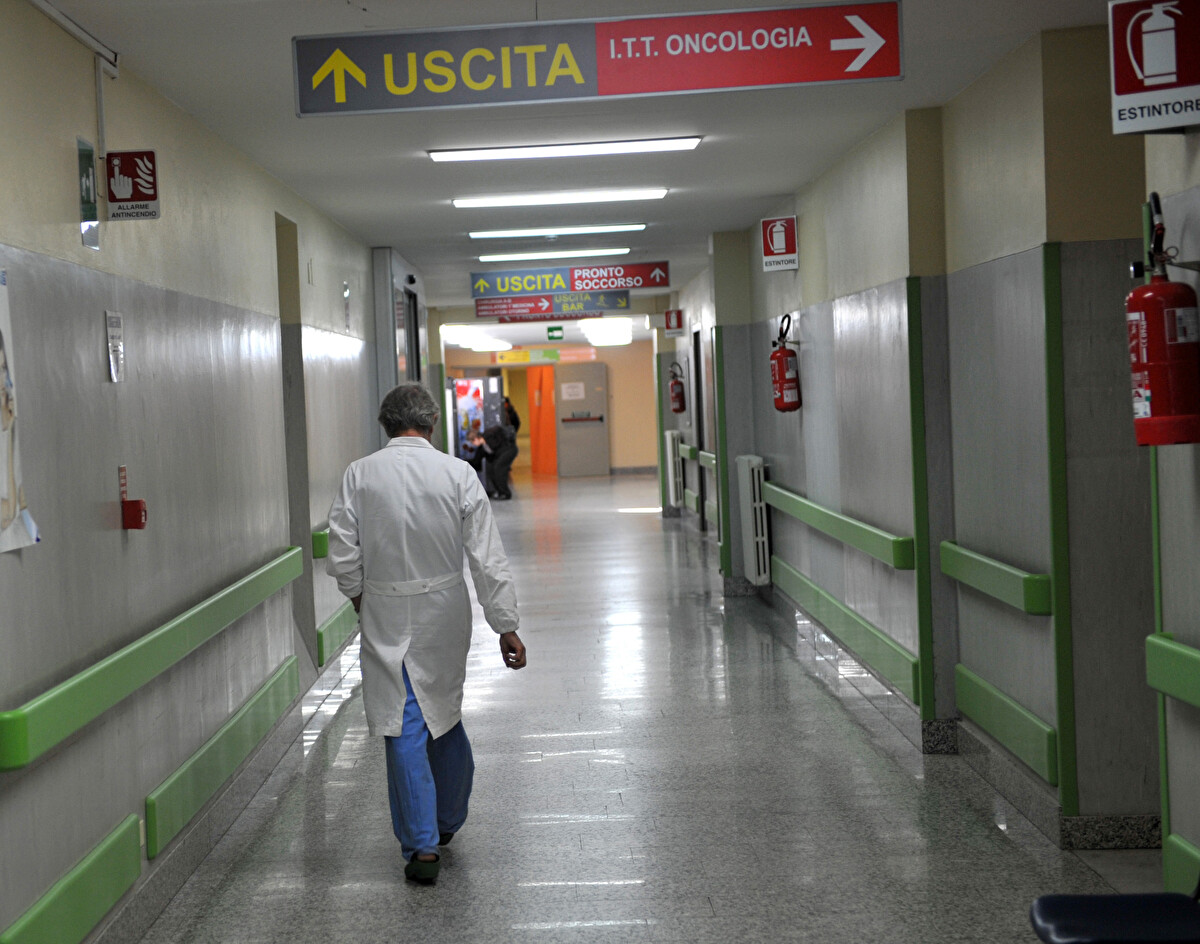To date, Lombardy is the Italian region mostly affected by COVID-19 and both incidence and mortality rates are much higher than the other Italian regions or European countries.
For as concerns the mortality, the higher age of the patients is not sufficient to explain such a high rate compared with ‘younger’ countries. Although the elderly generally suffer of several diseases and are therefore frailer, other factors likely contribute, including the fact that Sars-CoV2 infection could be 10 times more than the ascertained cases.
First, it is important to note that the data available about the lethality rate cannot be used to draw conclusions because the exact number of infected individuals is not known. The high percentage of victims and hospitalized patients suggests that the number of people who have contracted the virus could be much higher than that registered.

For as concerns the incidence, a retrospective analysis of pneumonia cases occurred in Italy, during the last week of 2019, shows about 40 cases at the Piacenza and Casalpusterlengo hospitals, which led to hypothesize that the so-called “coronavirus epidemic” started in Italy earlier than February 2020. When the first COVID-19 case was effectively diagnosed, the epidemic had already spread to most municipalities in southern Lombardy.
Generally, it is difficult to identify all cases of an epidemic disease and, indeed, the Sars-CoV2 infection in Lombardy could be 10 times more than ascertained, as it has been hypothesized. The exact number of COVID-19 patients cannot be confirmed probably owing to an inefficient screening modality with insufficient testing, which resulted in a reduced diagnosis of new cases.
Such inefficient ability to identify infected individuals, especially those who are asymptomatic likely increased spreading of the infection. In particular, at the beginning of the emergency, hospitals functioned as incubators playing a major part in Sars-CoV2 spreading. Asymptomatic patients, at the hospitals, were treated without suitable safety procedures and, at present, in Lombardy hospitals there is still a high rate of infection. The trend in Lombardy, many cases in a short time, has rapidly saturated hospitals: few medical staff, beds, equipment and, therefore, several difficulties in treating patients increased the lethality rate compared to other countries.
In conclusion, the hypothesis of a more lethal Sars-CoV2 variant can be dismissed because so far the virus was not found to bear significant mutations in the examined Italian cohort. Rather, the number of affected individuals and the efficacy of the National Health System to tackle the disease seem to contribute importantly, along with age and comorbidities, to the high mortality rate. Overall, the COVID-19 threat is severe and unprecedented so, at present, it is necessary to protect hospitals, patients, and any individual worldwide.











